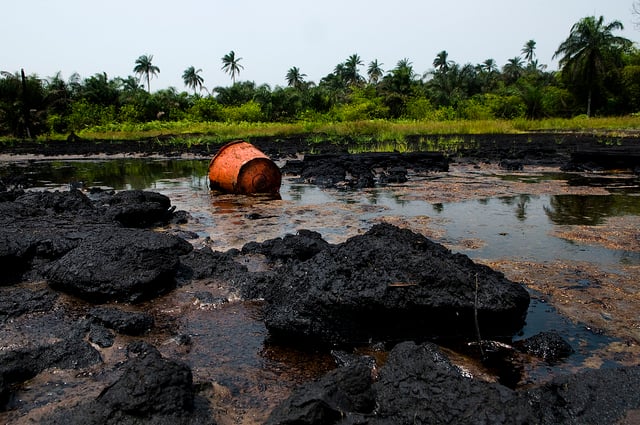Nigeria, Yemen, South Sudan and Somalia will most likely be affected by famine in 2017, according to a report released by the Famine Early Warning Systems Network (FEWS NET).
The agency, which is supported by the United States Agency for International Development (USAID), estimates that 70 million people across 45 countries will require emergency food assistance in 2017.
Stating persistent conflict, severe drought and economic instability as reasons for the famine, the agency urged donors and implementing partners to allocate available financial and human resources to those areas where the most severe food insecurity is likely.
“Food insecurity during 2017 will be driven primarily by three factors. Most importantly, persistent conflict is disrupting livelihoods, limiting trade, and restricting humanitarian access across many regions, including the Lake Chad Basin, the Central African Republic, Sudan, South Sudan, the Great Lakes Region, Somalia, Yemen, Ukraine, Syria, Iraq, and Afghanistan,” read the report.
Advertisement
“A second important driver is drought, especially those driven by the 2015/16 El Niño and the 2016/17 La Niña. In Southern Africa and the Horn of Africa, significantly below-average rainfall has sharply reduced crop harvests and severely limited the availability of water and pasture for livestock. In Central Asia, snowfall to date has also been below average, potentially limiting the water available for irrigated agriculture during 2017.
“Finally, economic instability, related to conflict, a decline in foreign reserves due to low global commodity prices, and associated currency depreciation have contributed to very high staple food prices in Nigeria, Malawi, Mozambique, South Sudan, and Yemen.”
FEWS NET said it had evidence that famine occurred in 2016 and could be ongoing.
Advertisement
“In Nigeria, evidence suggests that famine occurred in 2016 and could be ongoing. In both Yemen and South Sudan the combination of persistent conflict, economic instability, and restricted humanitarian access makes Famine possible over the coming year,” he said.
“Finally in Somalia, a failure of the October to December 2016 Deyr rains and a forecast of poor spring rains threaten a repeat of 2011 when Famine led to the deaths of 260,000 Somalis.”
In November, the presidency hinted Nigerians of the likelihood of famine.
Advertisement
Add a comment







